GDP growth rate ignites National Assembly debate
Several National Assembly delegates disagreed with the government’s planned growth rate for the gross domestic product (GDP) - 8 per cent for 2006 - and said that a higher level would help Vietnam catch up with developed countries.
The government is confident a reduced GDP growth target is in the economy’s best interests |
Truong Van Sau, a delegate from Vinh Long province, claimed that despite mounting difficulties, the GDP growth rate in 2005 would still reach 8.4 per cent, so there was no reason the government should reduce it 0.4 per cent the year after.
However, the government has its reasons. Vo Hong Phuc, the Planning and Investment Minister, said that “there will be more difficulties to the economy in 2006.”
“The price of several commodities will continue to increase as input material of crucial products remains reliant on imports,” he said. He added that in 2006 Vietnam had to fulfill its commitments in the ASEAN Free Trade Area Agreement and futher implement the US-Vietnam bilateral trade agreement while preparing for its accession to the WTO.
“Stiffer competition will pose pressure on the growth rate of the economy,” he said, adding that weather uncertainties, calamities and pandemics also made it difficult to give correct predictions.
“Therefore, the planned GDP growth rate should be realistic and feasible,” Phuc said.
Tran Hong Viet, a delegate from Hau Giang province, recommended that the target GDP growth rate should be at least 8.4 per cent, equivalent to this year’s level, and then adjusted in 2007 if the growth rate was found to be “too hot.”
Minister Phuc said the government would attempt to reach the GDP growth rate at a level equal to the rate obtained this year.
Experts say the government’s biggest obstacle to reaching a high growth rate is finding a large amount of investment capital for a variety of projects nationwide and minimising huge losses due to corruption and bribery.
The Ministry of Planning and Investment recently released estimates showing that to keep the annual growth rate at about 8 per cent from 2006 to 2010, projects need a total investment capital of about $150 billion - an average of $30 billion per year.
Such a huge amount, experts say, is difficult for Vietnam to meet as the state budget remains modest and the trade balance is still in a deficit.
Huynh Van Chinh, a delegate from Danang, said that “8.5 per cent is the safe level for the government. However, with such small growth rate, Vietnam may miss the chance to shorten the GDP per capita gap with several other countries.” He added that Vietnam’s GDP per capita is $640, which is less than the UNDP’s low-income standards at $745.
Truong Van Sau, a delegate from Vinh Long province, said that furthermore, growth quality should be given special attention. “It is necessary to stimulate the development of private-owned enterprises, especially foreign-invested firms which are considered the sector with the highest efficiency and least losses of capital,” he said.
Several delegates said the government could concentrate on developing the service industry, which requires less investment capital but could still help the GDP growth rate reach its target level. Furthermore, they said, administrative procedures should be simplified, online transactions developed and business costs reduced to attract more investment capital.
What the stars mean:
★ Poor ★ ★ Promising ★★★ Good ★★★★ Very good ★★★★★ Exceptional
Related Contents
Latest News
More News
- Vietnam’s economy on track for 6.5 per cent growth despite Typhoon Yagi, says HSBC (October 01, 2024 | 16:46)
- Vietnam urges China to expand market access for agricultural products and strengthen trade ties (October 01, 2024 | 16:42)
- IMF predicts Vietnam's economic growth to reach 6.1 per cent in 2024 (September 30, 2024 | 18:26)
- Deli Group breaks ground on $270 million factory in Hai Duong (September 30, 2024 | 18:17)
- Government considering tax on multiple properties (September 27, 2024 | 20:17)
- Accuracy more vital than ever in dawn of AI (September 26, 2024 | 20:44)
- Vietnam remains attractive destination for US businesses (September 26, 2024 | 20:23)
- New innovation centre inaugurated during HEF 2024 (September 25, 2024 | 09:00)
- China's Geely to build $168 million automobile facility with Tasco in Thai Binh (September 24, 2024 | 19:03)
- Spate of claims made in typhoon aftermath (September 19, 2024 | 17:00)




 Tag:
Tag:
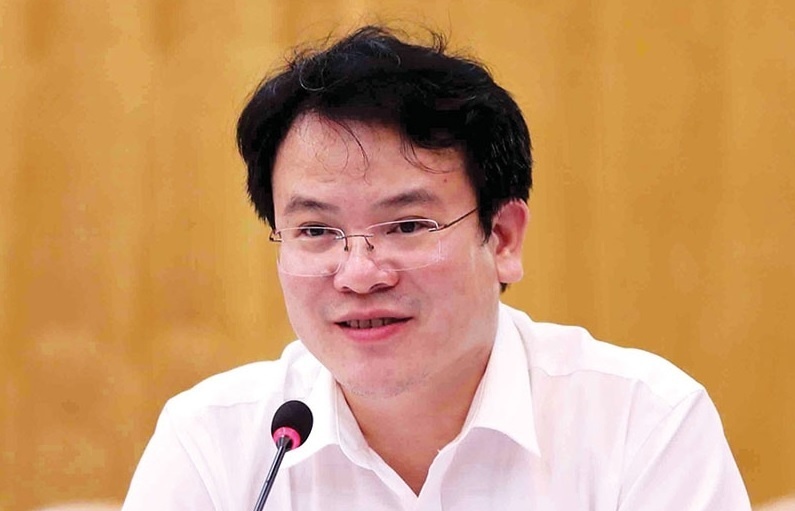
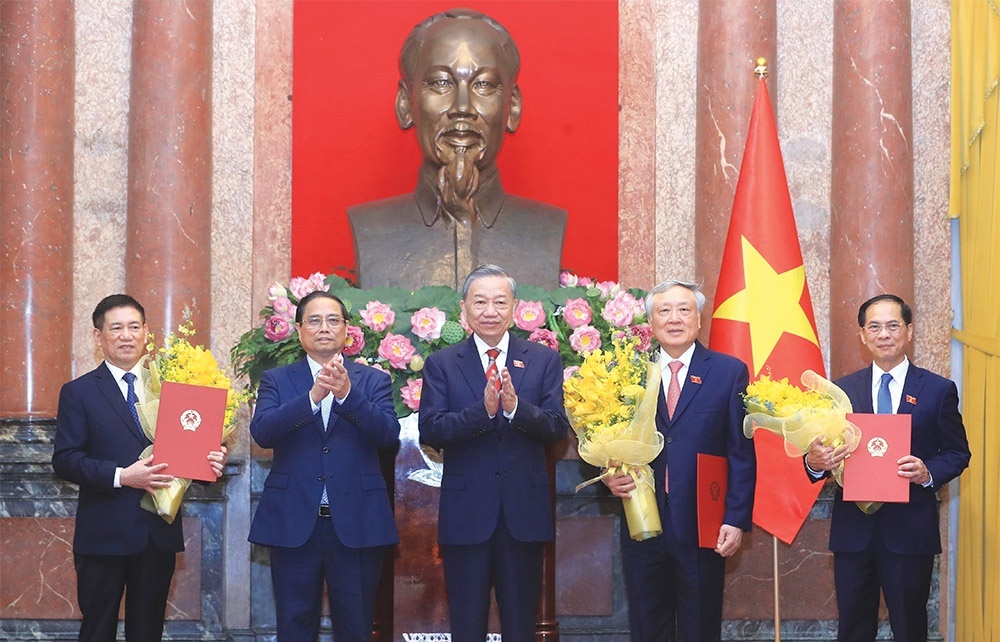
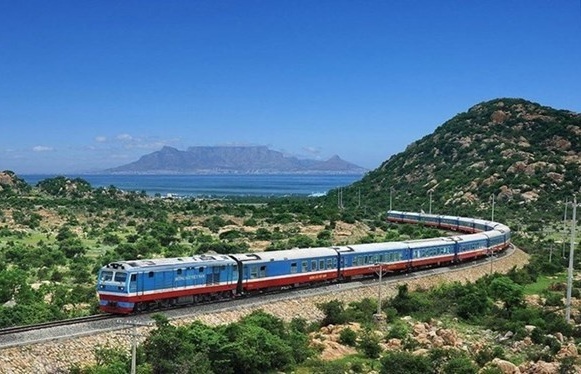
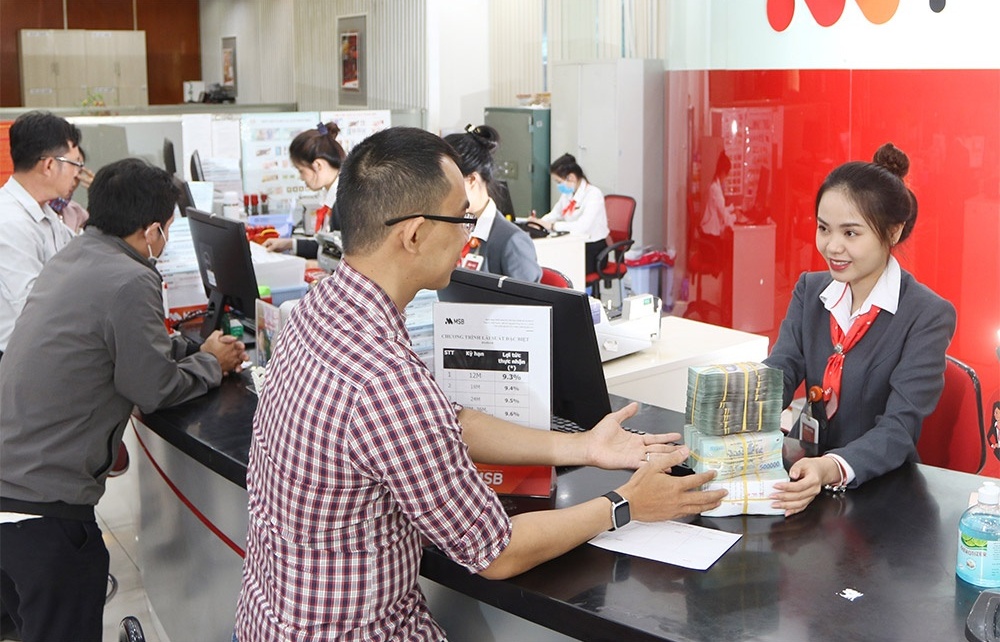
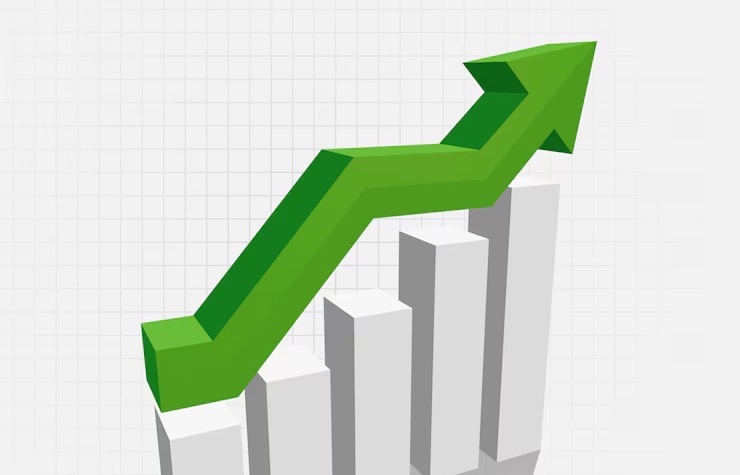


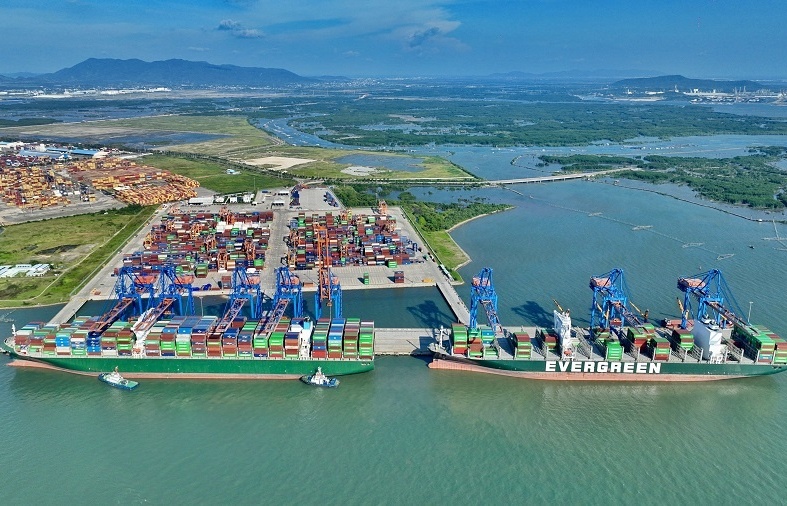


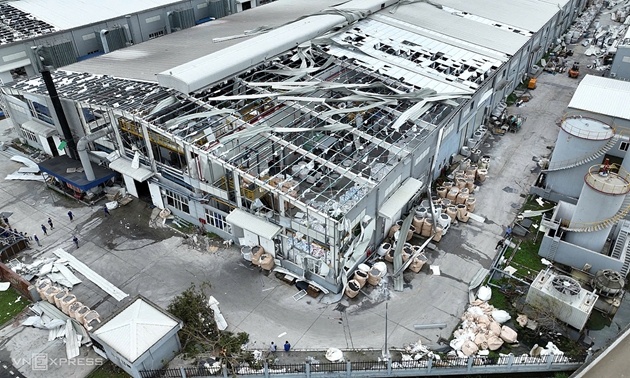










 Mobile Version
Mobile Version